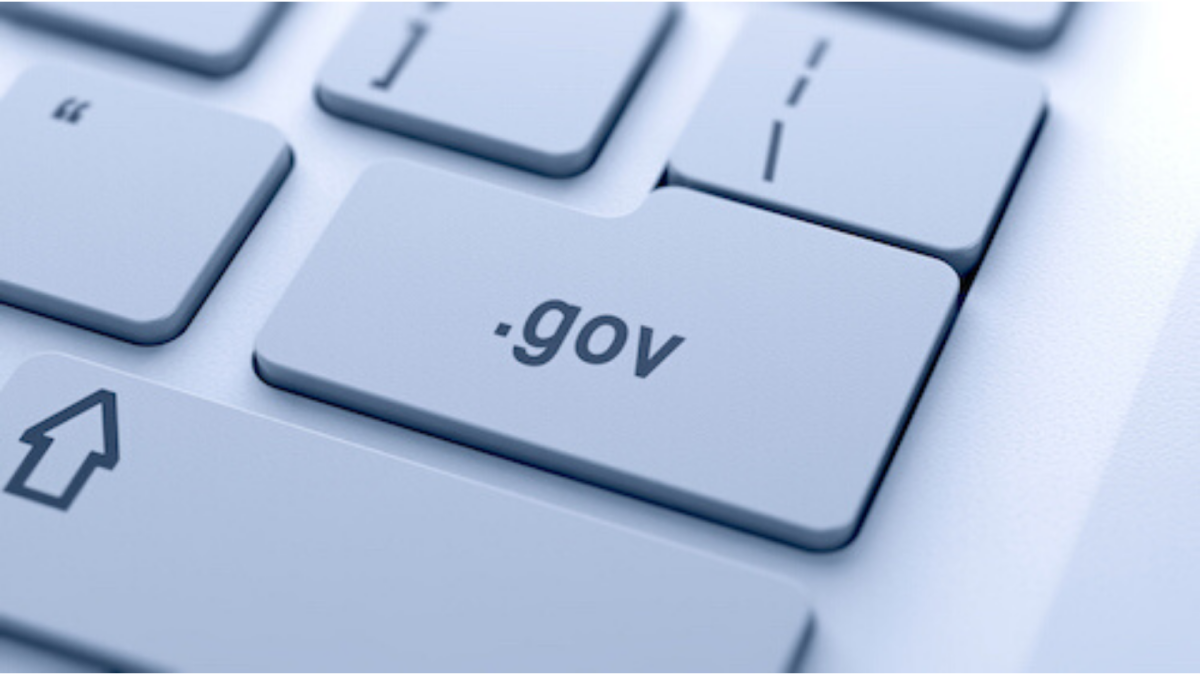How platform services bring grantees and grantors together

One of the most important functions in government is to make grant awards to provide public services and stimulate economic growth. All constituents involved in a grant want what’s best for their end-customers. Students, farmers, veterans, low-income families, researchers and others receive services through grant structures vital to the overall health of our communities, economy, and national interests. By creating a unified experience for grantors, grantees are not only able to expedite funding to organizations that execute on mission, but also allow their grants management teams to improve, measure, and track how customer experience impacts performance.

Ramani Vaidyanathan, SVP, Customer Experience, Salesforce
Currently, grants management processes involve high administrative burden throughout the lifecycle. Grantees today spend way too much time in the application process and, often, require technical assistance both during the application process and reporting their performance when needed.
And grantors engage in complex tasks to perform eligibility checks followed by award/post-award management tasks, many of which require integration to legacy systems and data.
The current maze of policies, procedures, systems and teams involved in grants management drives the importance of delivering a transformed customer experience to those in the grants community. Hence a customer-centric approach to grants management requires collaboration and information-sharing amongst grantors and grantees to drive efficiency and more impactful outcomes.
A recent Forrester study cites savings of about $36M in taxpayer dollars that resulted from agencies’ ability to consolidate efforts and scale, using insights and improved collaboration, across a variety of use cases. Further, the same report highlighted an enterprise collaboration service manager from a national defense department that spoke to the fact that streamlined workflows enabled to increase the volume of casework they could take on thus significantly increasing program impact.
Here are a few ways to align grantors and grantees for an enriching customer experience.
Establish communities
Seamless engagement means grantor staff and all types of grant recipients, from large organizations to individual citizens, access the right set of information and functions on the channels they prefer. Internal and external communities may be separately established to serve the program constituents. While internal community allows the grantor staff to see a consistent and holistic view of all interactions, service items, etc., the external applicant and recipient community would benefit from collaboration and exchanging best practices on how to fill out the grants application package or to submit performance reports. In a nutshell, establishing a grants community would drive more informed collaboration, expedite the submission application process, help organizations steer towards standardization of performance reports and ultimately elevate the customer experience.
Dissolve system latencies
Many grants processes take months, from designing and announcing grants to monitoring awarded contracts. Most current grants management lifecycle involve disparate systems for pre and post-award activities, ranging from planning grants budgets to measuring performance reporting. Wouldn’t gaining real-time visibility to grants data across the lifecycle increase grantor productivity by empowering them to make quick, data-driven decisions and help execute the program more effectively? That’s where API-led connectivity plays a key role in integrating legacy systems and CRM data; bridging gaps between activities and updates with real-time information, thus eliminating system latencies.
Automate processes
On top of the ability to quickly develop new apps, the right cloud platform allows you to streamline and automate processes using out-of-the-box SaaS solutions. Grants staff may focus on higher value tasks and priorities by allowing the platform to:
- minimize manual time being spent to populate and validate forms
- expedite funding commitments
- streamline and automate necessary communications
- calculate and visualize costs and benefits
These practices are proven to lower administrative costs that, in turn, can help grantors translate taxpayer dollars into mission impact.
Finetune performance
Everyone involved in grants management wants to accomplish the mission goals set within the contract but mapping program outcomes back to funding allocations often proves difficult. Both primary and secondary recipients tend to lack clarity on performance measures and would benefit from a reporting template. Communication and data are key. With the advent of advanced analytics and technologies such as machine learning and natural language processing, grantors can now identify the most optimal KPIs culled from their best performing programs to measure against upcoming grant programs and further communicate them to the applicant community during the solicitation phase. Doing so early would help all constituents to anticipate, adjust, granularize and digitize program outcome metrics to measure milestones equitably and effectively.
Conclusion
To comply with the CAP (cross-agency priority) GOAL #82 – “Results Oriented Accountability for Grants Management” – agencies must consider how best to leverage advanced technology platforms. Running the business functions of the grants management lifecycle on a cloud platform will help agencies to deliver program results with better transparency, accountability, effectiveness and, most importantly, drive better customer experiences. Choosing the right platform will:
- help align complex processes, systems, and data
- bring automation and efficiencies to grants execution
- ensure taxpayers’ money is being well spent and program outcomes are achieved as planned
Learn more about Salesforce and trailblazers in government.




